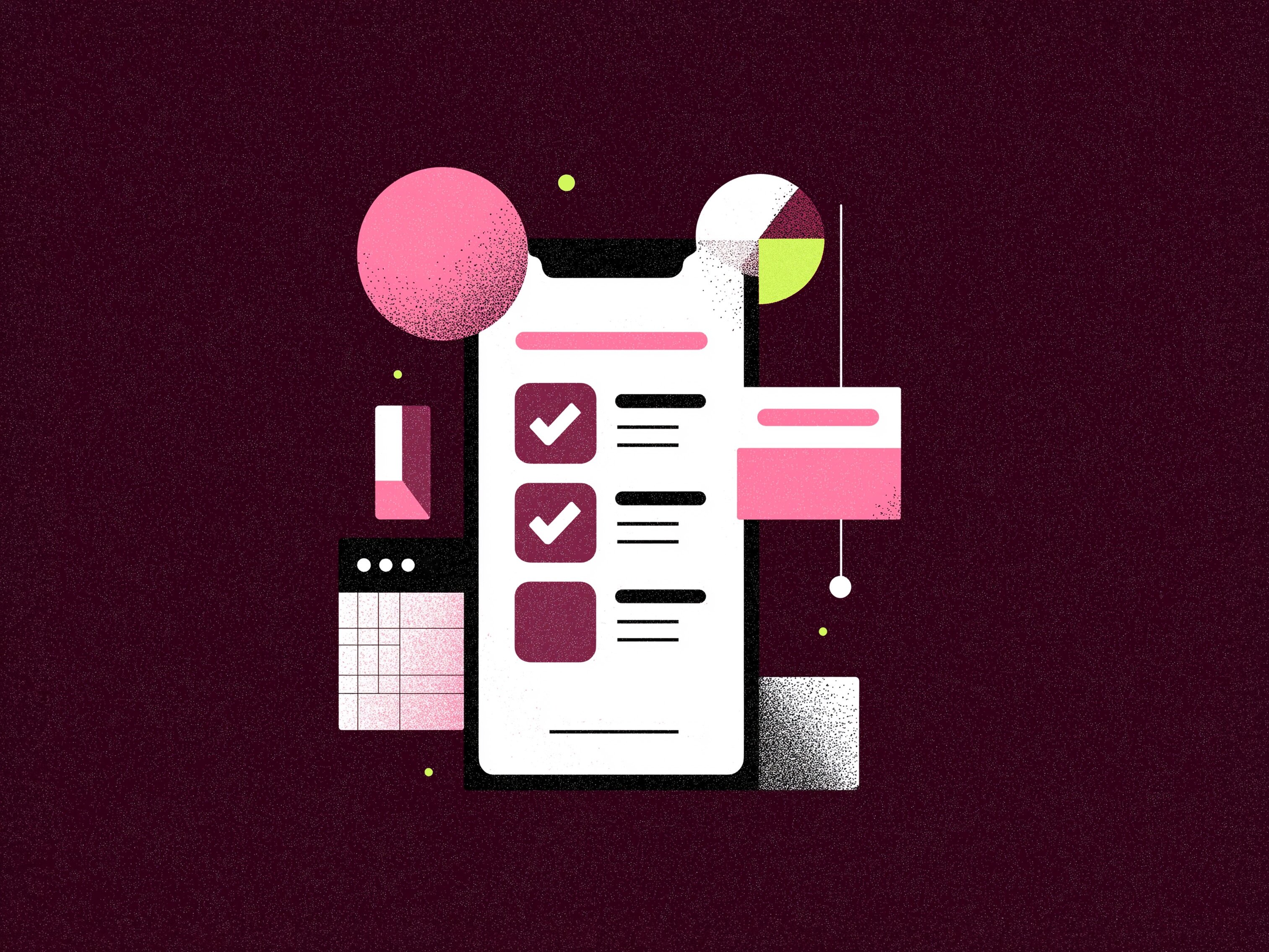Besides mastering the art of self-promotion, tax prep, and pay negotiation, self-employed folks must harness their powers of persuasion when preparing a business proposal. Generally speaking, a business proposal is a document that sells your services to a prospective client. It can be quick and to-the-point or pages long—length depends on the project and your prospective client’s goals. A well-executed business proposal requires thought, finesse, and a deep understanding of the client. Here's a general framework for a compelling business proposal, no matter your field.
Start with an overview of your business.
In the “executive summary” portion, sum up the breadth, importance, and value of your work and the services that you provide. This section should be succinct yet informative. Click here to see an example.
Explain why your skills are relevant.
Once you’ve given the client an idea of what you do, show how you can help them. Adam Hempenstall, CEO and founder of Better Proposals, recommends framing your business as a solution to your client’s current problems: What are their goals for the future? What are their ongoing issues that need resolving? Who can make their content (or website or interface or branding) come to life? Answering these questions demonstrates that you understand their needs and that you're the person to help them level up. Here’s how to write a strong problem statement.
Outline your project and define its scope.
Describe the steps you’ll take to provide your client with a solution. Your methods, techniques, process, and workflow go here. It’s also important to spell out what this project will accomplish when it’s completed. Speakers and authors Antonio Nieto-Rodriguez and Whitney Johnson, writing for the Harvard Business Review, suggest outlining almost all project deliverables in your proposal. This will give you a clear idea of how to approach the work, and it will also help you avoid scope creep. Here's how to write an effective services and methodology section.
Present your qualifications.
You’ve already made a case for your skillset. Now spend some time expanding upon it (ie: brag a little). This section can include your training and education, background and history in the client’s industry, and past accomplishments that prove your ability to complete this project. Link to case studies and include testimonials. But don’t fall back on restating your résumé. Instead, view this as an opportunity to paint a more vivid picture of you as a capable and desirable partner.See an example of a qualifications section (also called “About Us”).
Don’t forget the logistics.
Your proposal should also include nuts-and-bolts details like the timeline for the project, expected expenses, and your rate. Apply concrete dates when it comes to payment (when is it due, when will the client start accruing late fees), but use ranges of time when discussing assignment deadlines. For example, if your client wants to see the first draft by a certain day, note that they can expect to see revisions one week after sending you feedback. Even if these details have been discussed previously, it never hurts to have them in writing. This is also where any legal matters surrounding the project should go. Chamber of Commerce, an online resource for small businesses, recommends breaking this section into two clear parts, complete with tables if necessary: a delivery schedule and a payment schedule.
Once you land the client, let Wingspan handle the rest. Members enjoy a painless invoicing and collections process, plus guidance around conducting their business. Sign up for a free 30-day trial here.
You Might Also Like:
How to Calculate Your Hourly Rate and Get Paid What You’re Worth
How to Apply for Government Support Through the SBA’s Economic Injury Disaster Loan Program



.jpg)
